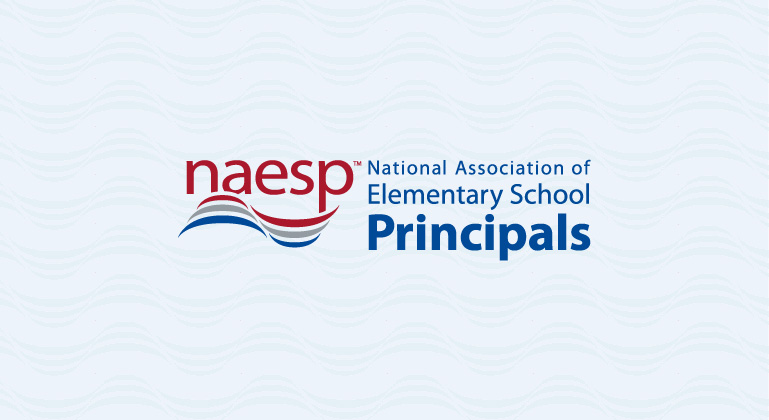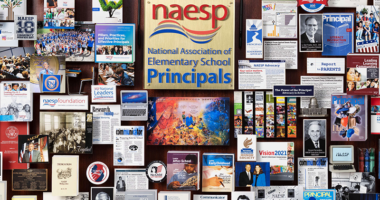Middle Level UNITED
Session notes from "Middle Level UNITED," presented by Todd L. Brist and Katy Kennedy, at UNITED: The National Conference on School Leadership.

What was the speakers’ main message?
Leadership at the middle level is a collective effort! Aside from identifying ideas for improvement in the areas of middle level leadership, understanding young adolescents, teaming, and utilizing play at the middle level, the goal was to create a network of middle level leaders united to serve young adolescents. More information can be found on the website for the Center for Middle for Middle-Level Leadership.
What was the speaker’s best quote?
It isn’t about always saying yes, but it is about being open and receptive; find a way to say yes when you can.
If we can recognize the clear physical difference among young adolescents, surely, we have to be able to realize that there are similar internal differences in the cognitive, social, emotional and behavioral development in the kids we work with.
“The most valuable resource that all teachers have is each other. Without collaboration our growth is limited to our own perspectives.”-Robert John Meehan
What were the top ideas from the session?
Some key characteristics of middle level leadership include: being ready and steady, cultivating the mission and vision, communicating clearly, building trust, being courageous, and engaging as a change agent.
Educational leaders must ensure staff understand the characteristics of young adolescent development. The prefrontal cortex is not fully integrated in the brain; therefore, young adolescents are less regulated, operating in their mammalian brain (limbic system) which makes them more emotional and erratic. Educators must seek to understand the physical, cognitive, social-emotional, and psychological development of young adolescents. While reading, writing, and arithmetic are crucial, as educators working with young adolescents, the most important thing we can do is help them determine their role identity before it manifests as role confusion (Erickson’s Stages of Development). Two excellent resources to assist with learning more about young adolescent development are: AMLE’s Research Summary on The Developmental Characteristics of Young Adolescents and Yardsticks by Chip Wood.
Why do middle schools need teaming?
- Teachers get to understand their students better.
- Teachers learn how to help their students be most successful.
- Teachers problem-solve together.
- Teachers collaborate on instructional goals.
- Teachers create a community within a community with the same expectations and goals.
What is one strategy that you will implement immediately?
Kennedy discussed the need to bring “play” (back) into middle school instruction based on the recommendations in the book The Anxious Generation by Jonathan Haidt. “Play” boosts motivation, collaboration, and critical thinking in middle school. Play is an expression of freedom. It is what one wants to do as opposed to what one is obliged to do. The joy of play is the ecstatic feeling of liberty. Students must be comfortable in the environment to take this risk with play as an adolescent.
Her recommendations for application included investigating what “play” looks like in your middle school, exploring ways/ideas to increase student engagement, getting staff and student excitement and ownership over the idea, and having a simple conversation about what makes you smile when you are in classrooms, including how to increase those opportunities.
What is one strategy that will help you with instructional leadership?
Teaming, plain and simple. Teaming has the potential to have an astronomical impact on belonging, culture, and achievement. However, successful teams don’t just happen. Teams need to identify and understand their purpose (why is the group is coming together). Defined roles (e.g., note taker, timer, taskmaster, etc.) improve the function and efficiency of the team. A shared agenda, provided in advance with priority items, will enhance productivity. A good team meeting is only 30 minutes (backed by research). While meeting needs in real time is crucial, be sure to examine data and tier 1 teaching at least once a month.
What resources will you check out?
- Teaming in Middle School
- It Takes a Team to Manage Middle-Level Data
- 10 Snapshots of Effective Middle School Teams
- AMLE—Middle School Teaming
- Successful Middle School Teaming
Read more session notes in the NAESP Conference Blog.



